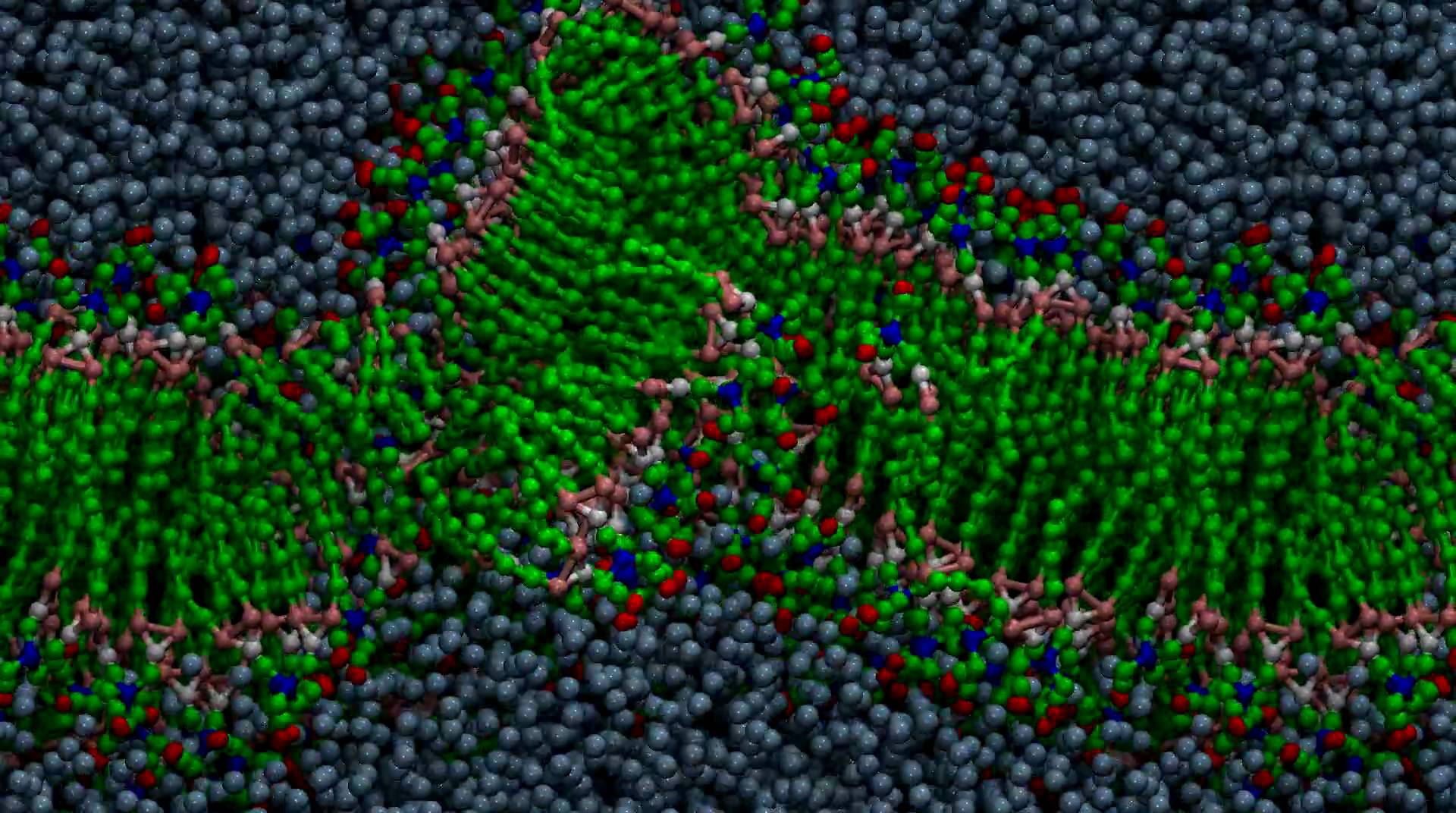
Dr Derrick Roberts leads review of growing field of research in chemistry.
Post-assembly modification (PAM) reactions are analogous to renovations on a plain house — starting from a simpler architecture (your basic no-frills house), you can add on extra bits here and there (a carport, solar panels, a gym room, a swimming pool) to tailor the architecture to your specifications. This modularity is super useful for taking a basic self-assembled molecule and adapting it to a wide range of applications.
Dr Derrick Roberts
A Gates Cambridge Scholar has led a review of the growing research on self-assembled molecules and "post-assembly" chemical reactions.
The review, led by Dr Derrick Roberts, was commissioned by the Royal Society of Chemistry's journal Chem. Soc. Rev. and recognises the expertise of Dr Roberts and his University of Cambridge co-authors, Professor Jonathan Nitschke and Dr Ben Pilgrim, in this growing area within chemistry and its importance as a new way of transmitting molecular signals using artificial molecular cages.
The review summarises the existing methods for modifying self-assembled molecules using irreversible chemical reactions. It focuses on the state-of-the-art achievements that have emerged over the past five to eight years, during which time this area of research has grown rapidly.
"Post-assembly" chemical reactions are powerful because they can greatly stabilise self-assembled molecules, making it possible for them to withstand harsher environments, such as those found in chemical sensors. These reactions can also drive self-assembled molecules to transform from one type of structure (for instance, a 2D triangle) into another such as a 3D polyhedron. They can also be used to change the chemical functionality of a self-assembled molecule in a simple, modular fashion — making it possible to generate libraries of different compounds.
Dr Roberts [2012] says the review is based on his PhD work at the University of Cambridge. He states: "Post-assembly modification (PAM) reactions are analogous to renovations on a plain house — starting from a simpler architecture (your basic no-frills house), you can add on extra bits here and there (a carport, solar panels, a gym room, a swimming pool) to tailor the architecture to your specifications. This modularity is super useful for taking a basic self-assembled molecule and adapting it to a wide range of applications. Since PAM is a general tool, our review collects together all the existing examples and looks at what types of reactions work and why — sort of a brief encyclopedia that summarises what has been done, and where there are gaps in our current knowledge of the field.”
The review also highlights challenges for the future with regard to the development of more PAM reactions to increase the diversity of possible modifications.
Dr Roberts, who is currently a Marie Curie Postdoctoral Fellow at the Karolinska Institutet in Stockholm, says there are roughly 10 reactions types that can be used for PAM, and each reaction introduces a specific set of atoms (called a "functional group") to the self-assembled architecture. He adds: "Developing new reaction types will increase the range of functional groups that can be introduced to the architecture, leading to a more versatile set of tools for adapting self-assembled molecules to various applications, including chemical sensing, biomedical materials and reaction catalysts."
*Picture of bilayer formation through molecular self-assembly courtesy of Youtube and Professor Axel Kohlmeyer.

Derrick Roberts
- Alumni
- Australia
- 2012 PhD Chemistry
- Trinity College
I was born in Singapore in 1988 and was raised in Sydney, Australia. From 2007–2010, I undertook a BSc. (Adv) Hons. at the University of Sydney, Australia, for which I was awarded first class honours and the University Medal in Physical/Organic Chemistry. In 2012 I obtained an MSc. in polymer chemistry from Sydney University under the supervision of Professors Sebastien Perrier and Maxwell J. Crossley. From 2013 to 2016, I was awarded a Gates Cambridge Scholarship to undertake PhD studies under Professor Jonathan Nitschke at the University of Cambridge. My PhD thesis explored the covalent post-assembly modification of metallosupramolecular architectures.
From February 2017-2019, I undertook a Marie Curie Postdoctoral Fellowship in the Stevens Group at the Karolinska Institute, Sweden. My work focused on the preparation of stimuli-responsive synthetic biomaterials for accelerating the healing of chronic skin wounds.
From June 2019, I will join the faculty at the University of Sydney's school of chemistry as a Discovery Early Career Research Award Fellow, funded by the Australian Research Council. My work will focus on stimuli-responsive self-assembled polymers.
Previous Education
University of Sydney MSc., Polymer Chemistry 2012
University of Sydney BSc. Adv (Hons 1M), Physical–Organic Chemistry 2010












